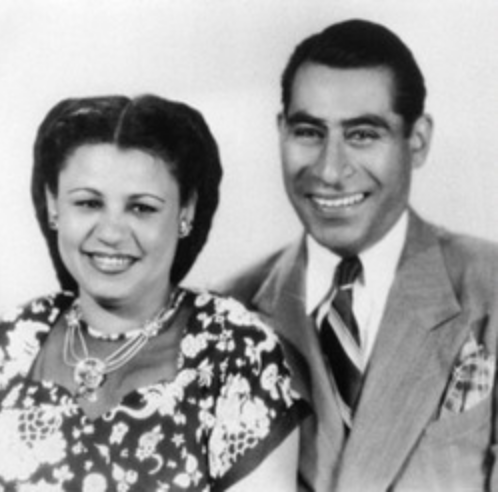
Apr 13, 2018 12:00:00 AM
 The ruling of the Mendez case had a great impact on education in California. In the case, the Judge ruled,
The ruling of the Mendez case had a great impact on education in California. In the case, the Judge ruled,
The equal protection of the laws pertaining to the public school system in California is not provided by furnishing in separate schools the same technical facilities, textbooks and courses of instruction to children of Mexican ancestry that are available to the other public school children regardless of their ancestry. A paramount requisite in the American system of public education is social equality. It must be open to all children by unified school association regardless of lineage.
Leticia Chavez-Garcia is a mother, grandmother, former middle school teacher, former member of a school board of education and an education advocate for hundreds of parents and students in the Inland Empire. Having become a mother at 15, Leticia knows what it’s like to be a single mother trying to navigate the education system. Leticia received her B.S. in political science and public administration from California Baptist University and a master's in education technology from Cal State Fullerton. Leticia has used her knowledge and experience to help hundreds of families in the Inland Empire and currently works as an education specialist.
The story you tell yourself about your own math ability tends to become true. This isn’t some Oprah aphorism about attracting what you want from the universe. Well, I guess it kind of is, but...
If you have a child with disabilities, you’re not alone: According to the latest data, over 7 million American schoolchildren — 14% of all students ages 3-21 — are classified as eligible for special...
The fight for educational equity has never been just about schools. The real North Star for this work is providing opportunities for each child to thrive into adulthood. This means that our advocacy...
Your donations support the voices who challenge decision makers to provide the learning opportunities all children need to thrive.
Ed Post is the flagship website platform of brightbeam, a 501(c3) network of education activists and influencers demanding a better education and a brighter future for every child.
© 2020–2024 brightbeam. All rights reserved.
Leave a Comment